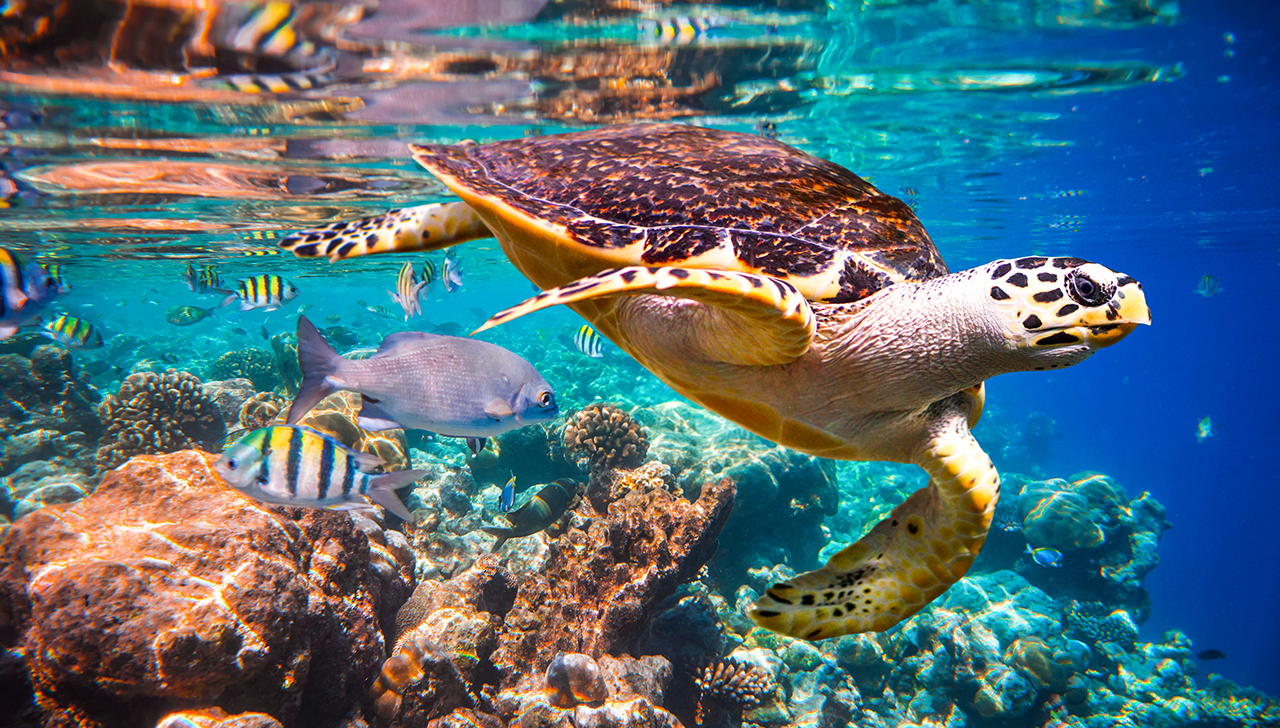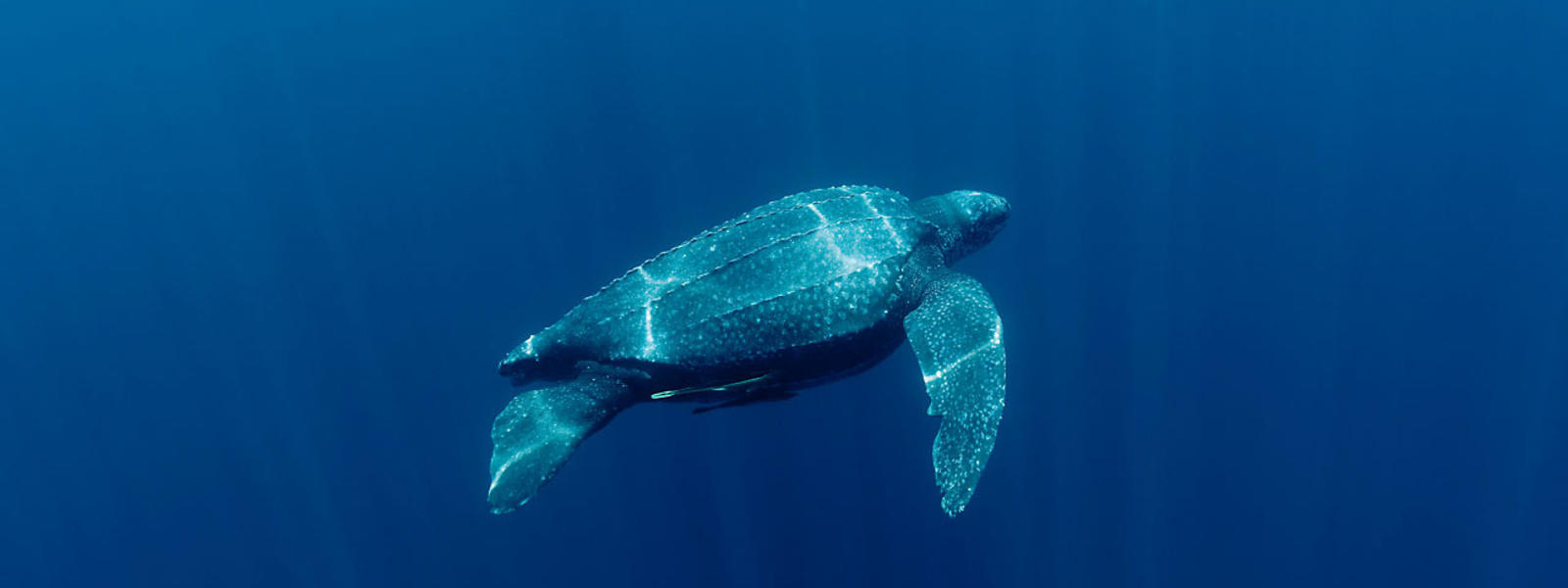THE SEA TURTLE
Background
Seven different species of sea (or marine) turtles grace our ocean waters, from the shallow seagrass beds of the Indian Ocean, to the colorful reefs of the Coral Triangle, and even the sandy beaches of the Eastern Pacific. WWF’s work on sea turtles focuses on five of those species: green, hawksbill, loggerhead, leatherback and olive ridley.

Human activities have tipped the scales against the survival of these ancient mariners. Nearly all species of sea turtle are classified as Endangered. Slaughtered for their eggs, meat, skin and shells, sea turtles suffer from poaching and over-exploitation. They also face habitat destruction and accidental capture in fishing gear. Climate change has an impact on turtle nesting sites. It alters sand temperatures, which then affects the sex of hatchlings.
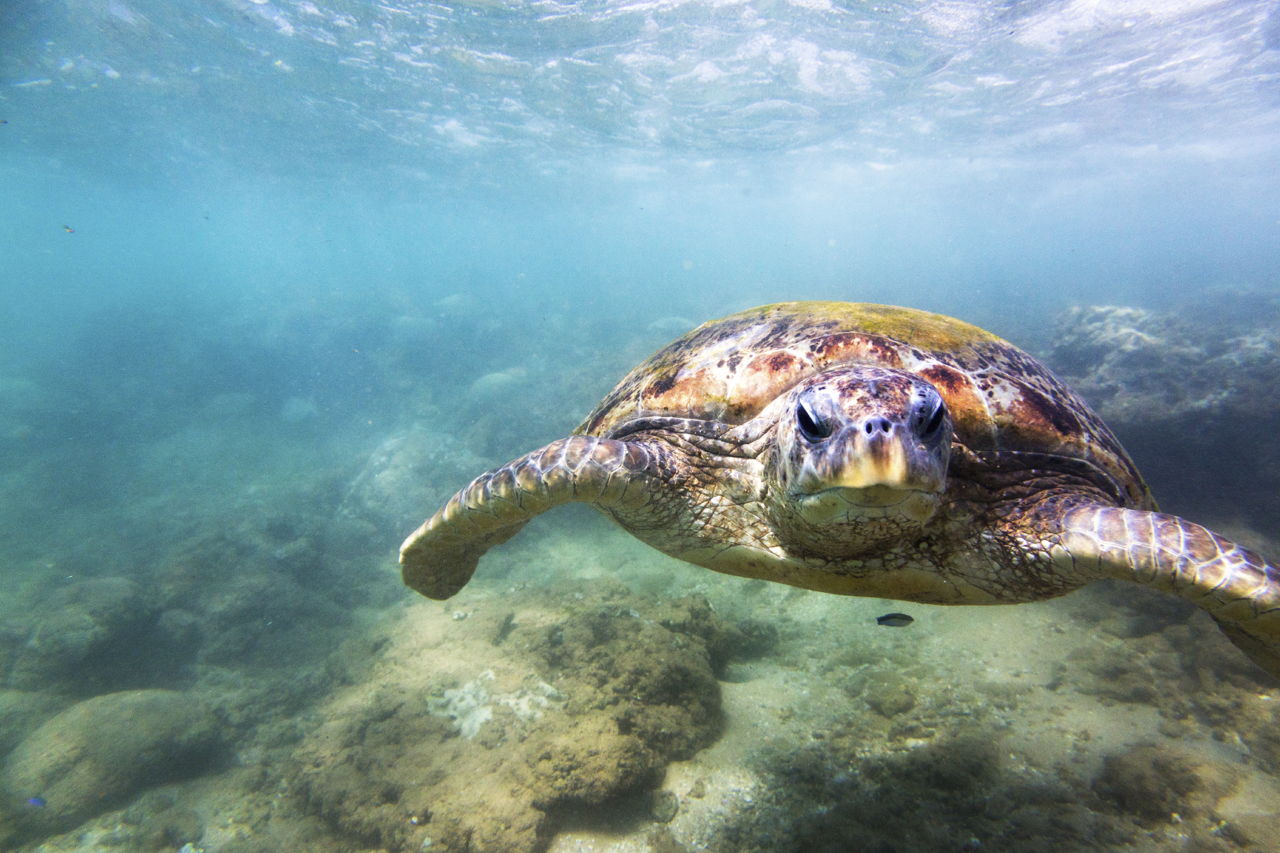
Population
Sea turtles journey between land and sea and swim thousands of ocean miles during their long lifetimes, exposing them to countless threats. They wait decades until they can reproduce, returning to the same beaches where they were born to lay their eggs, few of which will yield hatchlings that survive their first year of life. Beyond these significant natural challenges, sea turtles face multiple threats caused by humans.
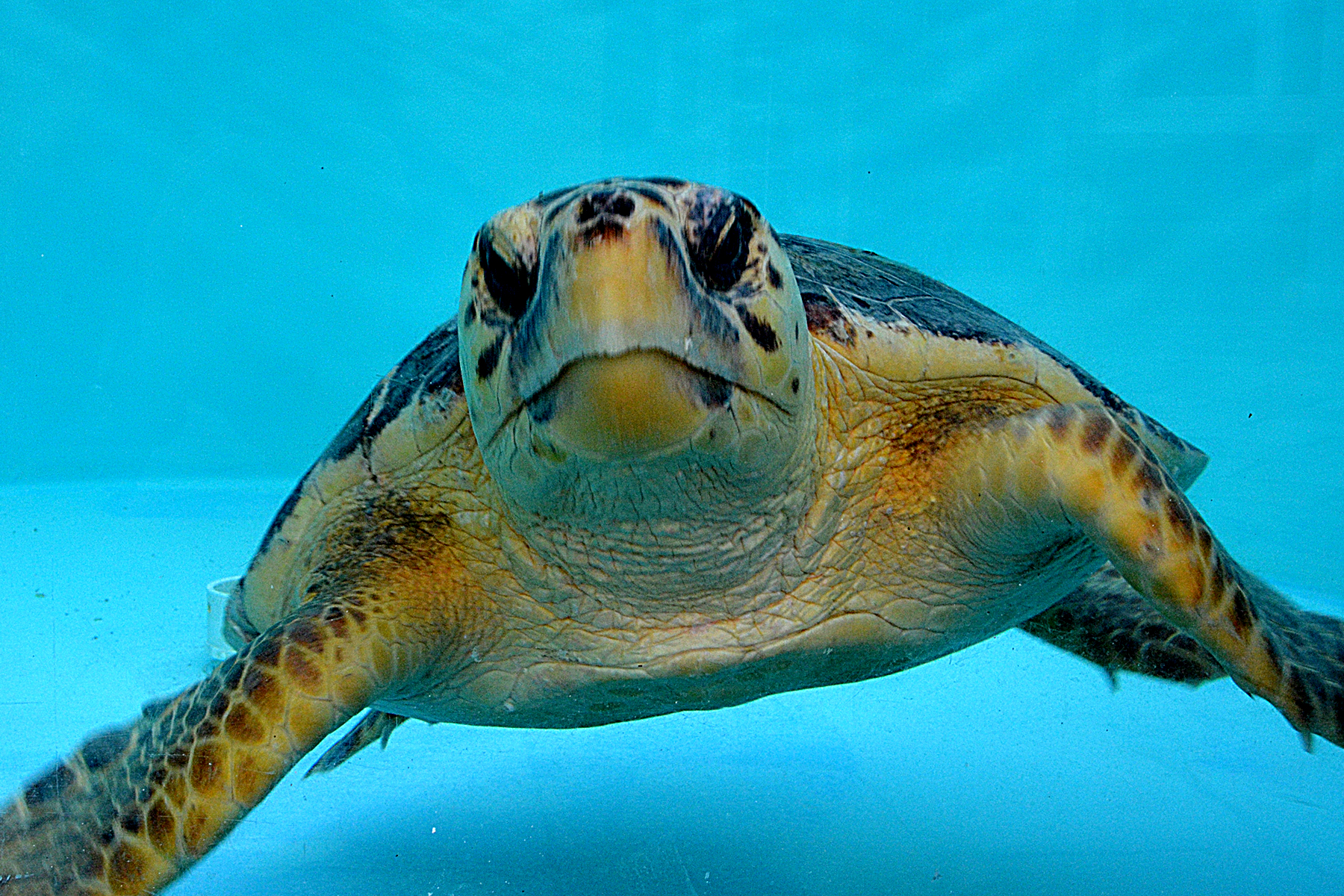
Endangered
Sea turtles continue to be harvested unsustainably both for human consumption and trade of their parts. Turtle meat and eggs are a source of food and income for many people around the world. Some also kill turtles for medicine and religious ceremonies. Tens of thousands of sea turtles are lost this way every year, devastating populations of already endangered greens and hawksbills.
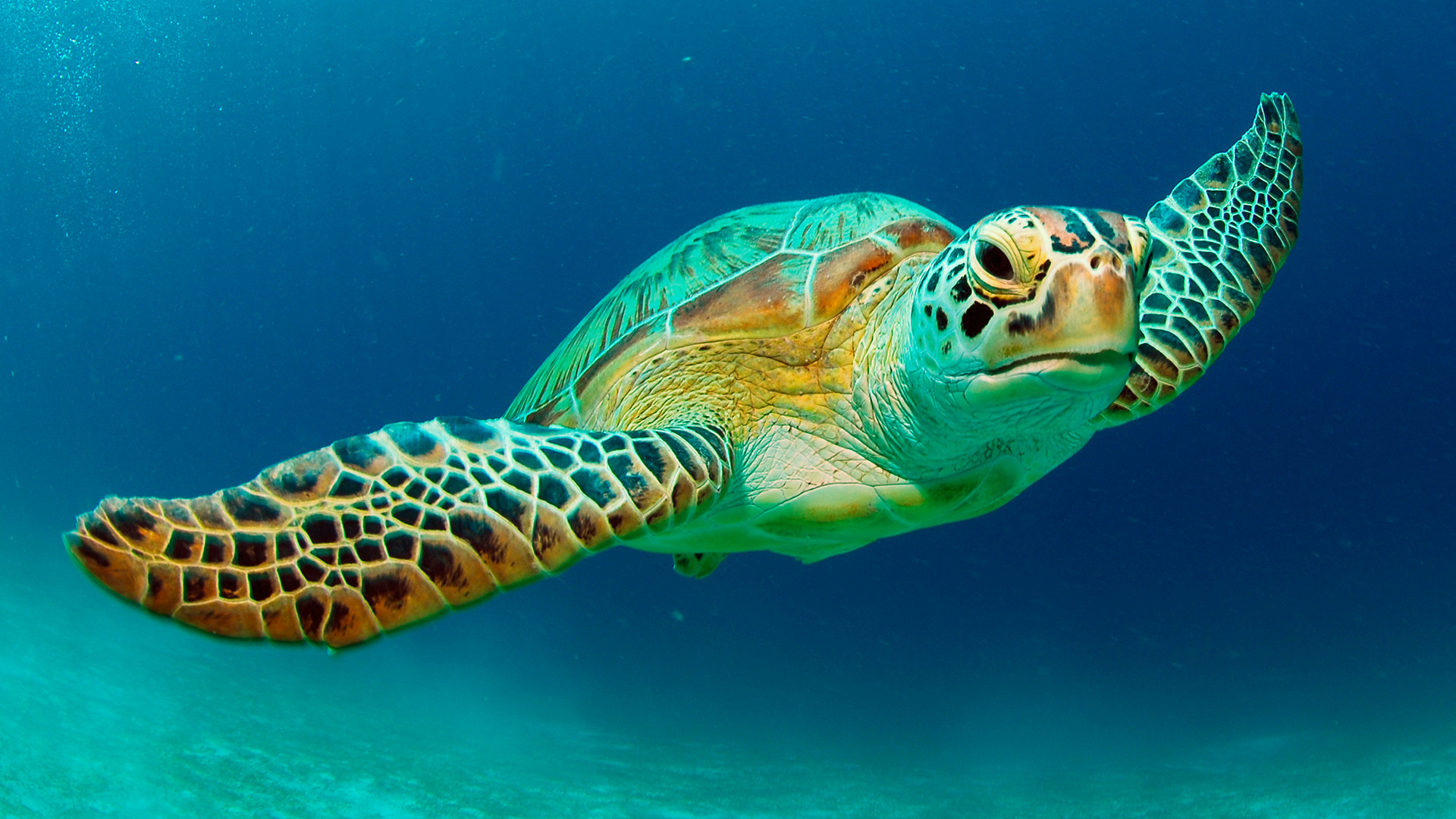
Killing of turtles for both domestic and international markets continues as well. While international trade in all sea turtle species and their parts is prohibited under the Convention on International Trade in Endangered Species of Wild Fauna and Flora (CITES), illegal trafficking persists.

Sea turtles are dependent on beaches for nesting. Uncontrolled coastal development, vehicle traffic on beaches and other human activities have directly destroyed or disturbed sea turtle nesting beaches around the world. Turtle feeding grounds such as coral reefs and sea grass beds are damaged and destroyed by activities onshore, including sedimentation from clearing of land and nutrient run-off from agriculture.
